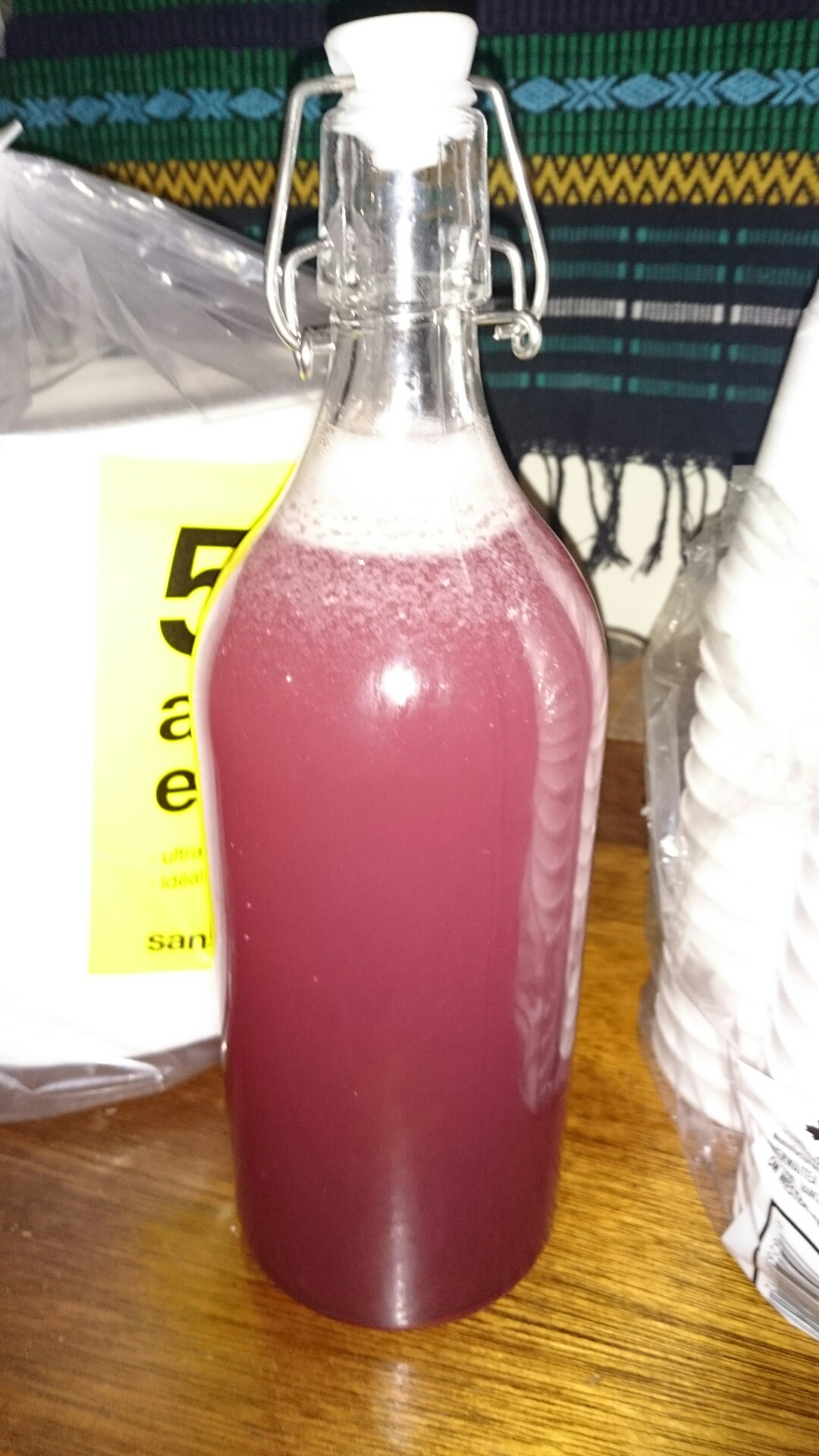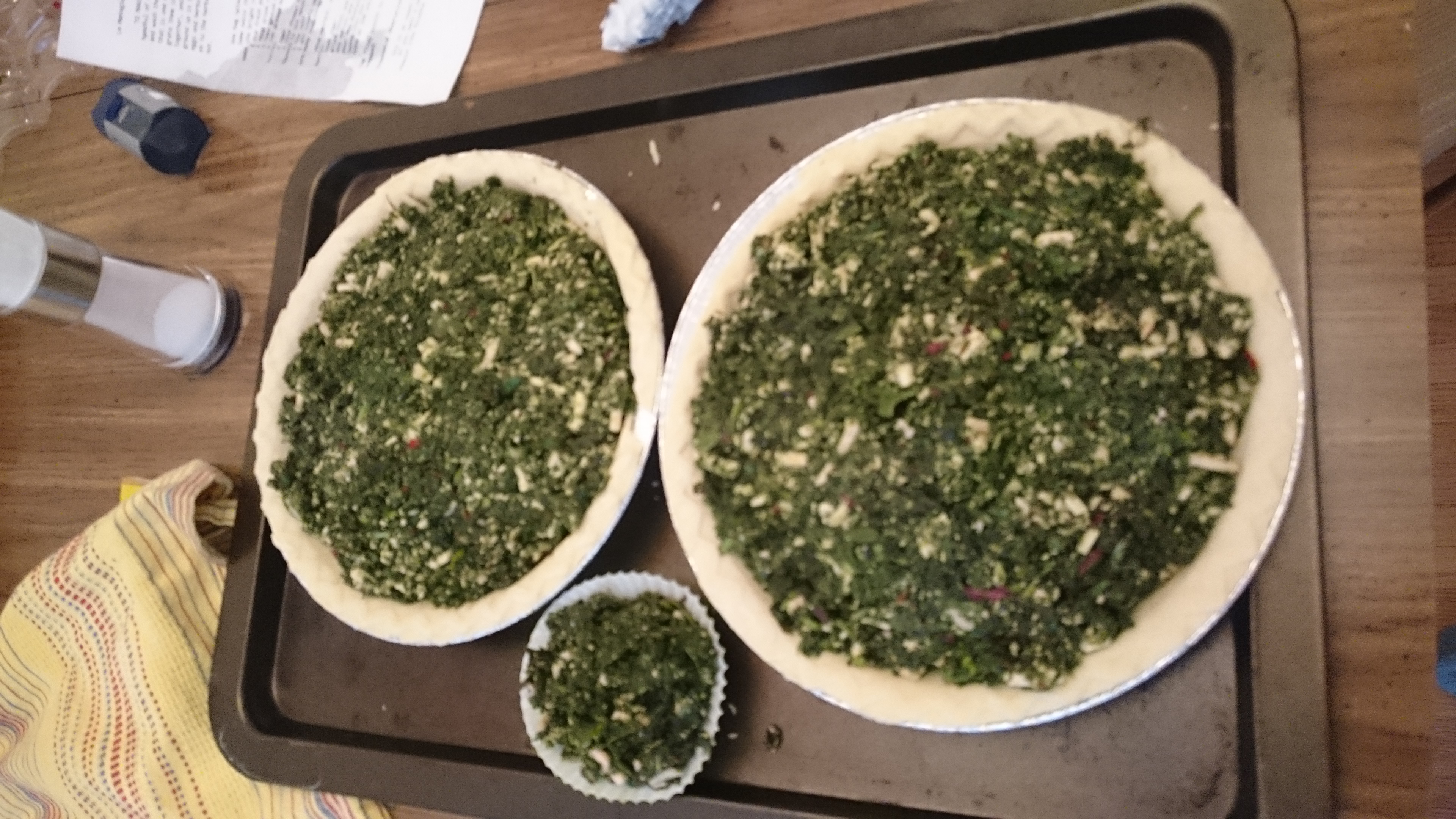Update April 2018: I went back and reworked the entirety of this for Kingdom A&S. You can see the documentation here:Pre-17c Bacon and photos here.
35. 36.
A friend of mine jokes that I beat her in an A&S competition because I bribed the judges with bacon. Well I’m a fan of bacon (though not to the extent of the bacon craziness of two years ago) but I’ve always just used a thick cut good quality bacon from the butchers. When it was announced that February’s Montengarde Culinary Group meeting was going to be all about dishes with bacon or pork my wife suggested that I try making bacon.
So, medieval bacon.
This is an interesting one because we don’t have a whole lot of period info about how they made bacon.
Because this is such a long post I’m giving a basic summary here.
Essentially I couldn’t find any proof for smoked bacon until the very end of the 16th century. Instead the defining feature was that it was salt cured and dried. Smoke was likely an option but the concerns around the heat from the smoke making the fat of
the bacon turn rancid seem to have kept it from being the main method as it is now. Cold-smoking could have been done but only if they were using nitrites as well.
I’m using a recipe based on combining what I found pre-1600 with the 18th century recipes. The end result is a very salty bacon that should taste very very similar to what Medieval and Renaissance bacon would taste like. The addition of sugar, though likely a post period innovation, is used to cut the saltiness. Nitrites are used because most of the secondary sources mention it, for the food safety, as well as because it is heavily used by the time the first actual recipes show up; combining that with its availability at the time and I’m going to call its use plausible.
(more…) 





You must be logged in to post a comment.